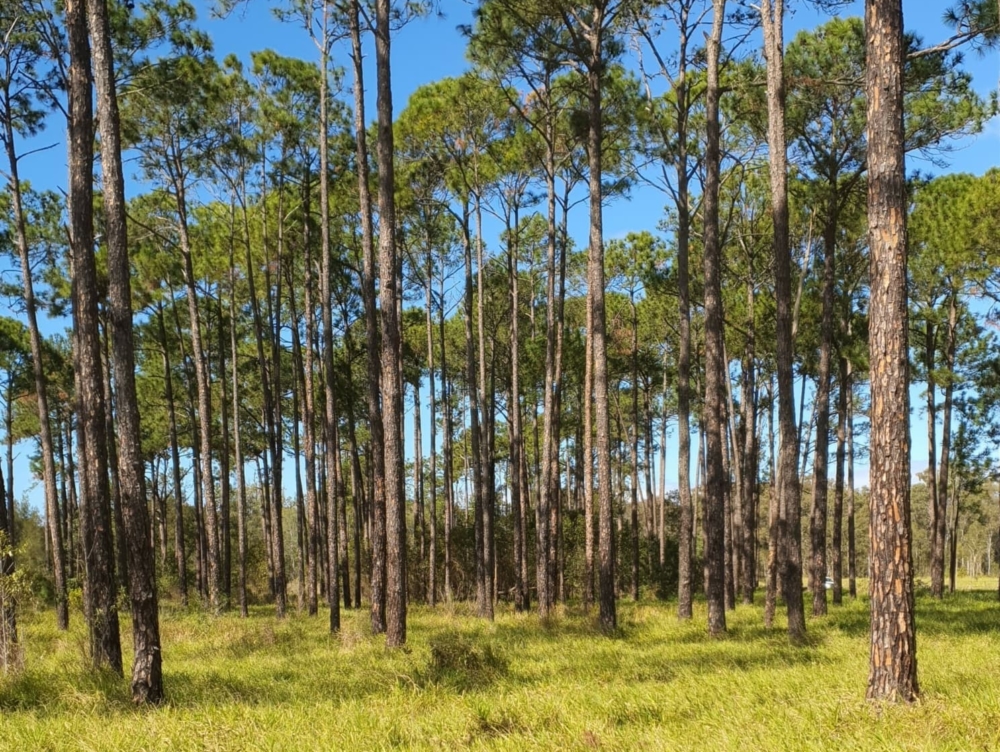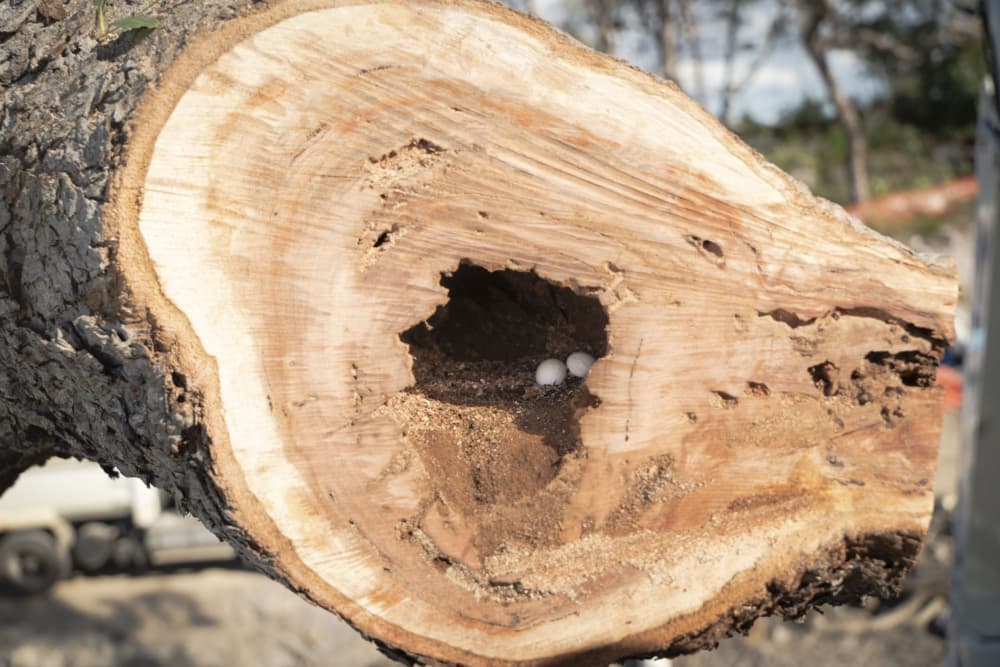Biodiverse Environmental was engaged to develop a Species Management Plan (SMP) for two avian species, the Fairy Martin (Petrochelidon ariel) and the Welcome Swallow (Hirundo neoxena), which were found to be present and potentially impacted by upcoming bridge maintenance works. Both species are listed as “Least Concern Colonial Breeders” under the Environment Protection and Biodiversity Conservation Act 1999 (EPBC Act) and the Nature Conservation Act 1992.
The purpose of the SMP was to mitigate potential population impacts to these avian species and to ensure the re-development project was undertaken in an environmentally acceptable manner.
Biodiverse Environmental was previously engaged by the client to conduct a fauna management report for the upcoming maintenance works on four bridges. The fauna management report initially identified that the Fairy Martins and Welcome Swallows were present within the maintenance works area.
Due to the presence of the Fairy Martin and Welcome Swallow within the project sites, the client was required to develop and submit an SMP for “tampering with animal breeding places with a high risk of impacts” to the Department of Environment and Science (DES).
A High-Risk SMP was to be used for:
- “Least Concern” fauna that are colonial breeders, and therefore, whose broader populations are at greater risk from the impacts of events at a single location.
- Development of a generic Species Management Program for tampering with animal breeding places with a high risk of impacts, for the Fairy Martin and Welcome Swallow, for the maintenance works on the bridges or culverts.
The development of the Species Management Program included the following:
- Consultation with DES
- Completion of the Species Management Program application form
- Development/amendment of supporting documents required to be attached to the Species Management Program application form
- Supporting documents included a map/plan of the proposed impact area, an Animal Breeding Place Survey Report and an Impact Management Plan



